Sewing Must Haves for Every Basic Emergency Kit List
*This post may include affiliate links, which allow me to make a small commission off your purchases. The money is earned at no additional cost to you.
Every basic emergency kit list should have sewing supplies included. Yet, sewing supplies are one of the most neglected areas in emergency preparedness. Sewing supplies are needed for mending clothing, which protects everyone from the elements. Such supplies are also needed for making tents, blankets, masks, and other protective gear.
#1: Needles are the most important item in a basic emergency kit list.
Everyone needs hand sewing needles for stitching items up. You need hand sewing needles even more if you don’t own a sewing machine. Get a variety of different sized needles for completing different tasks. Thick needles are great for leather work, while thin needles are ideal for sewing garments.
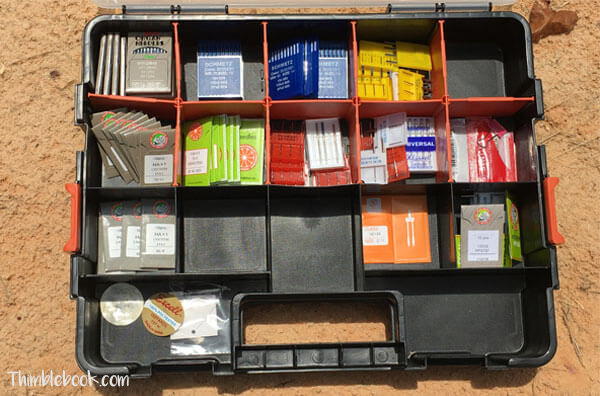
Own a sewing machine?
Make sure you keep at least 3 packs of each size sewing machine needle on hand. I know it sounds costly. However, it is much cheaper to buy needles in bulk than it is to buy single needle packs from a craft store. Supply shortages are the reason why I say to keep extra needles on hand. Since April 2020, US stores have been short on sewing machine needles. If you are unable to purchase from a bulk supplier, pick up at least one pack of sewing machine needles every time you go to a craft store. Over time, you will accumulate more sewing needles than you need.
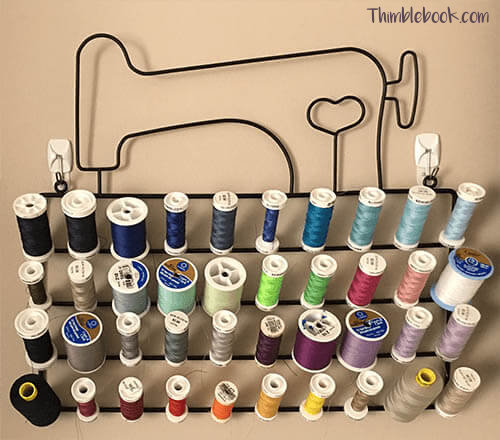
#2 Thread is essential.
For my non-sewing enthusiast…
Without thread, you cannot mend anything! Get black and white polyester thread. A large spool of each basic color will do. In addition to getting basic polyester thread, you need to purchase black or brown upholstery thread. Upholstery thread is needed for holding items, with thick fabric/material, together.
Are you a sewing junkie?
Invest in a large box of assorted colors sewing machine thread. Typically, I get the 1000 yard spools because (as of 2020) they costs the same thing as a regular sized spool from a mainstream craft store. In addition to making sure you have colored thread, get extra spools of basic colors like black, white, and navy. It is essential to have extra thread in the basic colors because the basics are something everyone always needs. In a crisis, you can use thread to:
- barter for other items
- sew for extra income
- make survival products
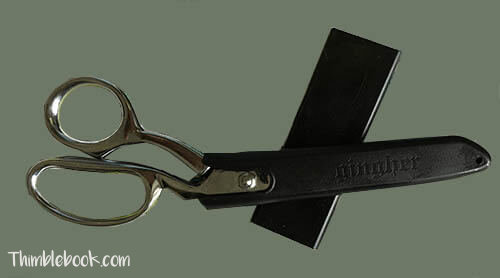
#3 Scissors + a sharpener will make life easier. *Nope, we’re not counting the sharpener as a separate item!
Scissors are needed for ever basic emergency kit list. Fabric shears allow you to make accurate cuts. But, they also keep you from cutting jagged edges into your fabric. In addition to having fabric shears, it is always good to have pinking shears. The shears mean you can cut fabric without fraying. It’s a good no sew option for fixing a hem!
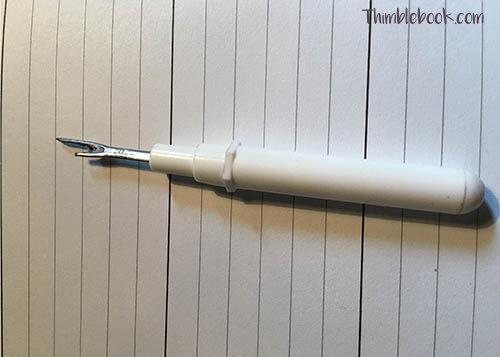
#4 Seam rippers allow you to start over.
Times of economic depression often cause fabric to become a delicacy. During the great depression, women used seam rippers to unpicked their husbands old shirts. Then, they re-used the fabric for making dresses and baby clothing. They also used potatoes sacks, curtains, and bed linens for making brand new items. For this reason, seam rippers are one of the most important supplies to include in an emergency sewing kit.

#5 Pins are for all day, everyday.
Everyone needs pins for holding fabric together until they can be sewn together. This is something every sewing enthusiasts already has. However, I’ve noticed non-sewing enthusiasts tend to lack this one important item.
#6 Cut once measure twice!
Every sewing enthusiasts has measuring tape. Non-sewing enthusiasts tend to forget this important item. A roll of measuring tape is important for figuring out how much fabric to cut.
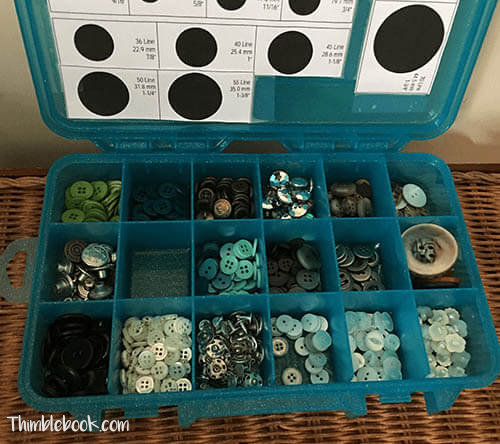
#7 Hold it together.
You’ll always need notions for holding clothing together! The most important notions to keep on hand are:
- buttons
- zippers
- elastic
- hook and eye closures
#8 Squeeze your fabric stash tighter.
To non-sewing enthusiasts…
Keep at least 3 yards of quilting cotton in your sewing emergency kit. Quilting cotton is used for a wide variety of sewing projects and is sure to get you by in a pinch.
To sewing lovers….
You were called a hoarder before 2020. Now, everybody can see why you kept buying fabric! Fabric can be used for making a wide variety of essential items including clothing, sanitary pads, socks, underwear, backpacks, and more. Everyone is different with how they purchase fabric. Personally, I plan sewing projects ahead of time and buy fabric two times per year (once in the spring and once in the fall). Planning projects saves money. Plus, a full season worth of planned sewing projects can always be repurposed for other emergency makes.
NONE SEWING MACHINE FOLKS DON’T NEED WHAT’S BEYOND THIS POINT
#9 Sew? When building your basic emergency kit list, buy extra sewing machine parts for repairs.
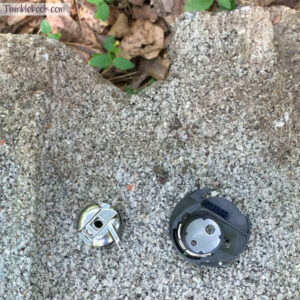
Every person who owns a sewing machine should have at least one extra:
- sewing machine belt
- bobbin case
- bobbin winding tire
This will allow you to easily fix problems sure to come with working on a sewing machine.
#10 Sew? When building your basic emergency kit list, don’t forget to consider power outages.
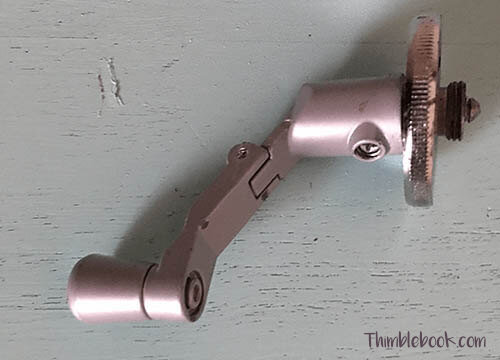
In a long-term power shortage, you will want and need to sew. To make provisions to sewing in a power outage, you’ve got 3 options.
- Set up a treadle system.Belted sewing machines can be converted to treadle. To convert any belted machine to a treadle, you’ll need to remove the belt and add treadle cord or fishing tubing in place of the belt. Then, you’ll need an old treadle base. Treadle bases can easily be found at tag sales and antique shops. Note: If you’re converting a modern sewing machine to a treadle, you’ll need a piece of plywood to sit on top of the treadle table so you sewing machine can sit flat.
- Get a hand crank conversion kit. Personally, I don’t have room for a treadle base. A great space saving option is to purchase a hand crank for your sewing machine. I have the Emdeko JA21 electronic sewing machine and purchased a Singer hand crank. To convert to hand crank, it just requires you to unscrew the hand wheel screw and replace it with the hand crank one. Sewing via hand crank is a little more tedious. However, it is better than nothing.
- Buy an old school non electronic sewing machine. You can get a vintage treadle machine or a vintage hand crank machine used for a reasonable price. Fix it up to use on a rainy day.
I hope this basic emergency kit list was helpful. Please, let me know what items you like to include in your sewing related emergency pack.
Here is a list of bug out sewing items for your shopping convenience.
Notions (buttons, zippers, hook & eye closures)
Sewing parts (bobbin case, belt, bobbin winding tire)

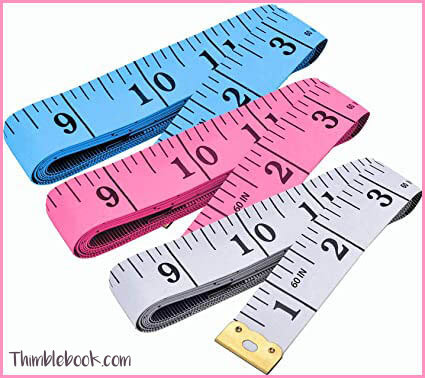
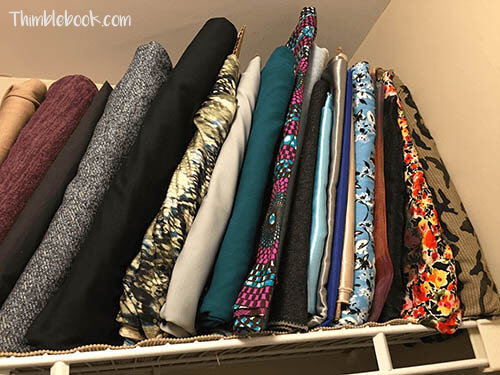
No Comments